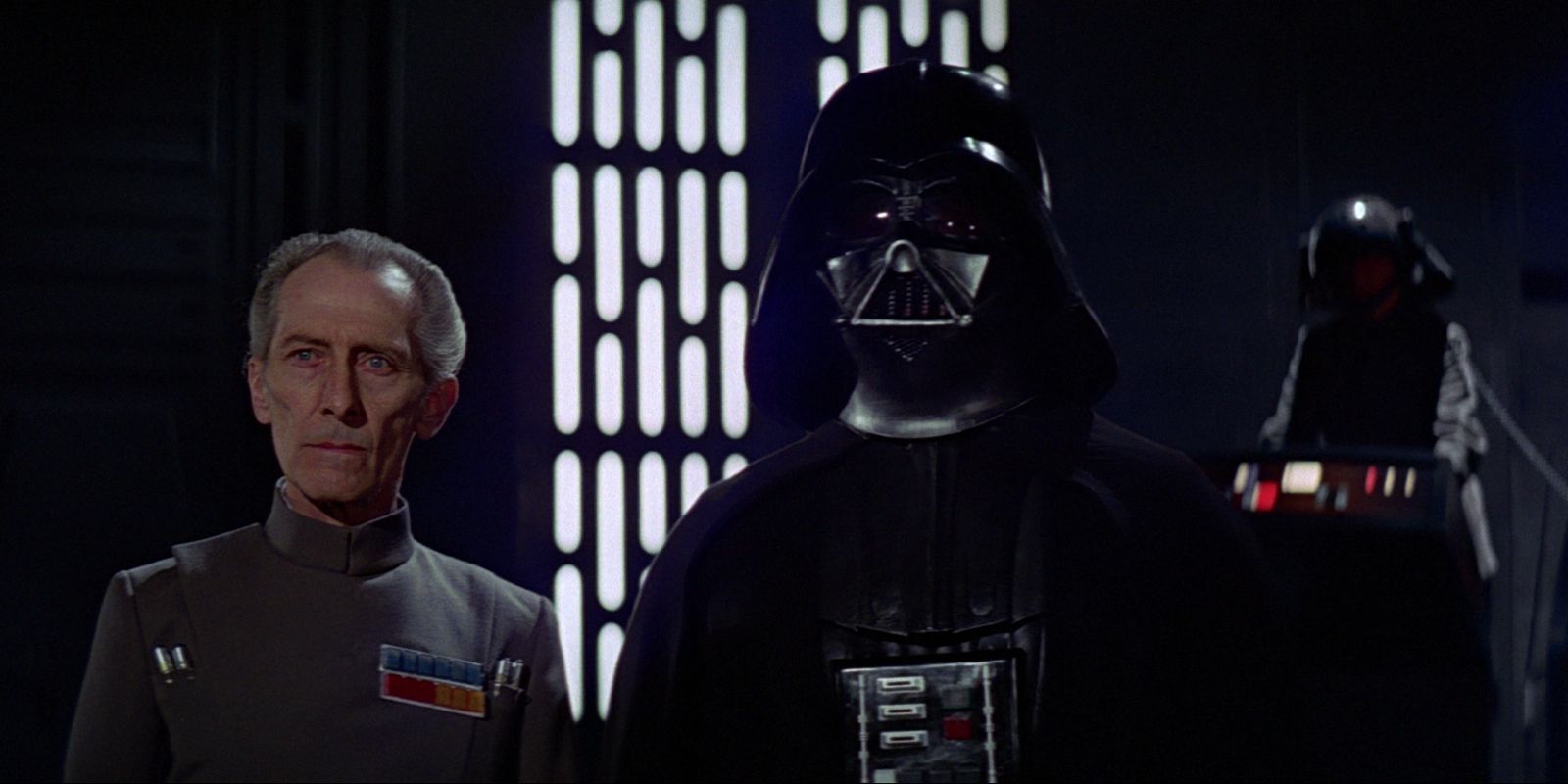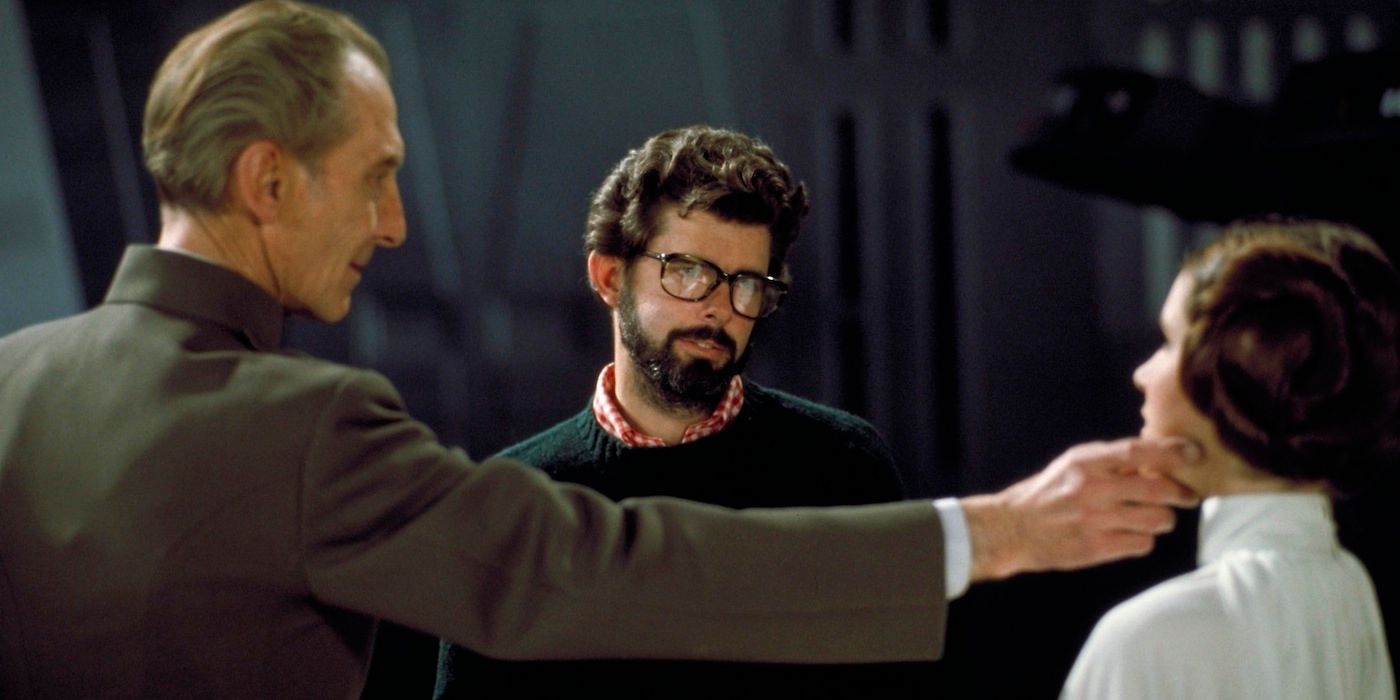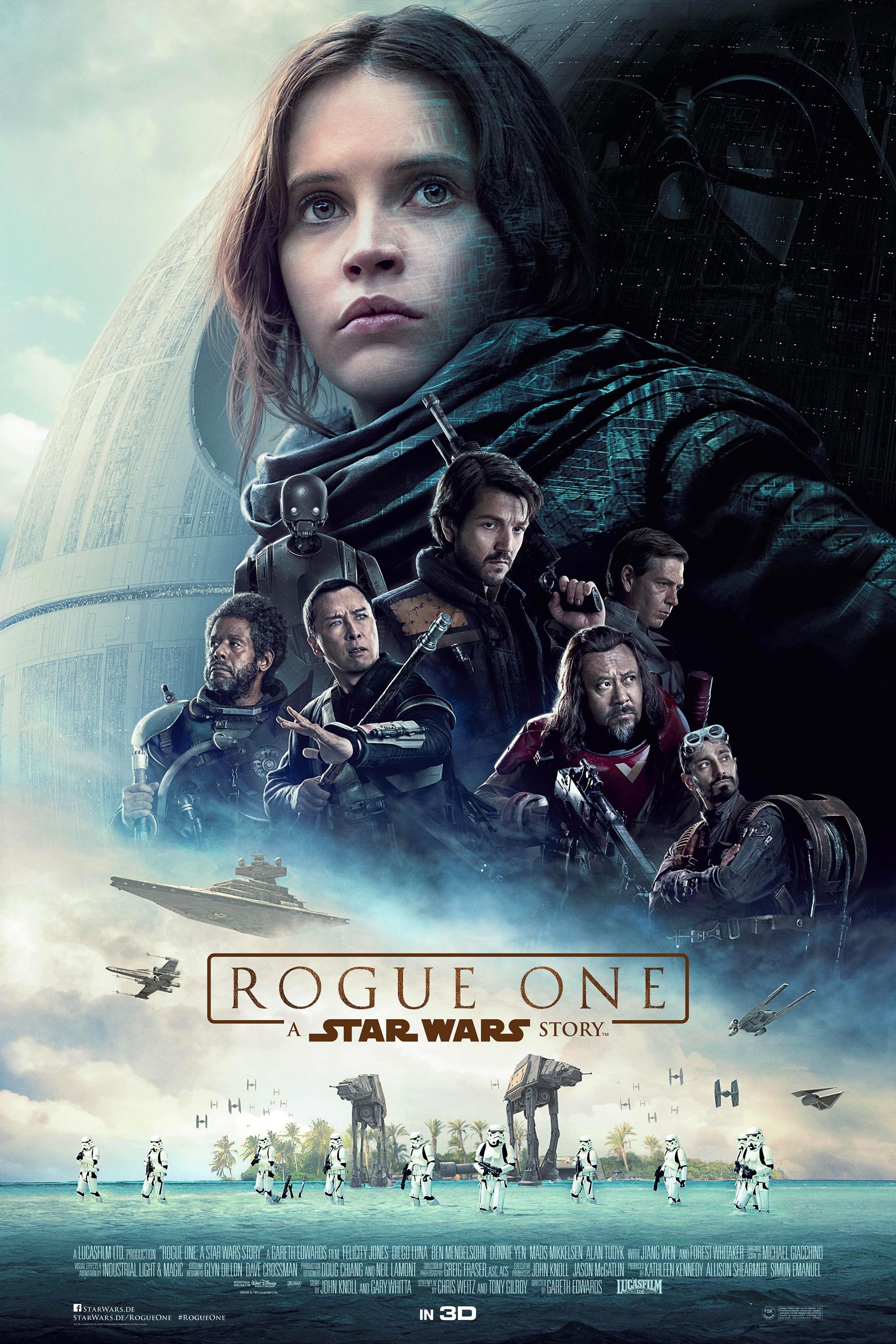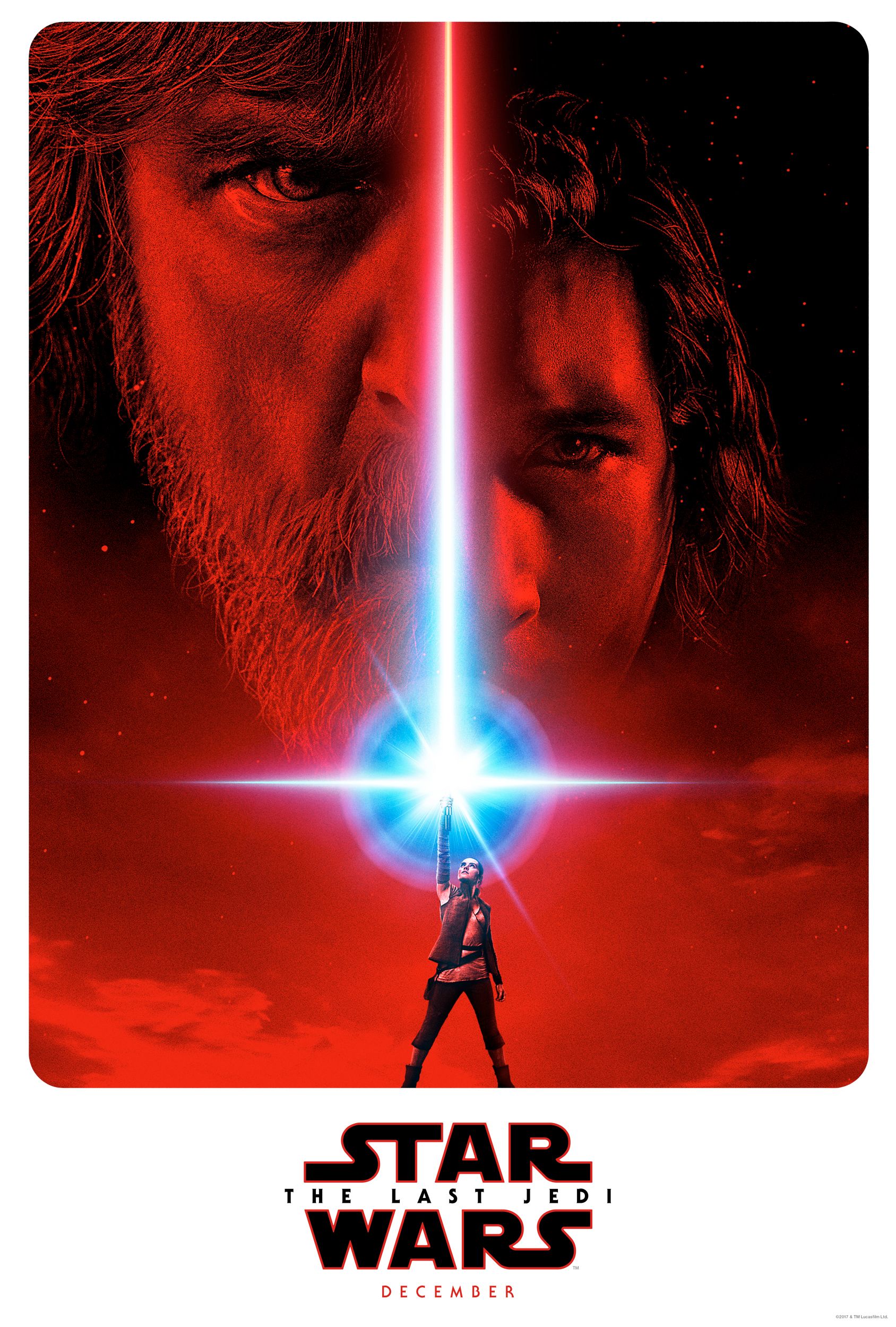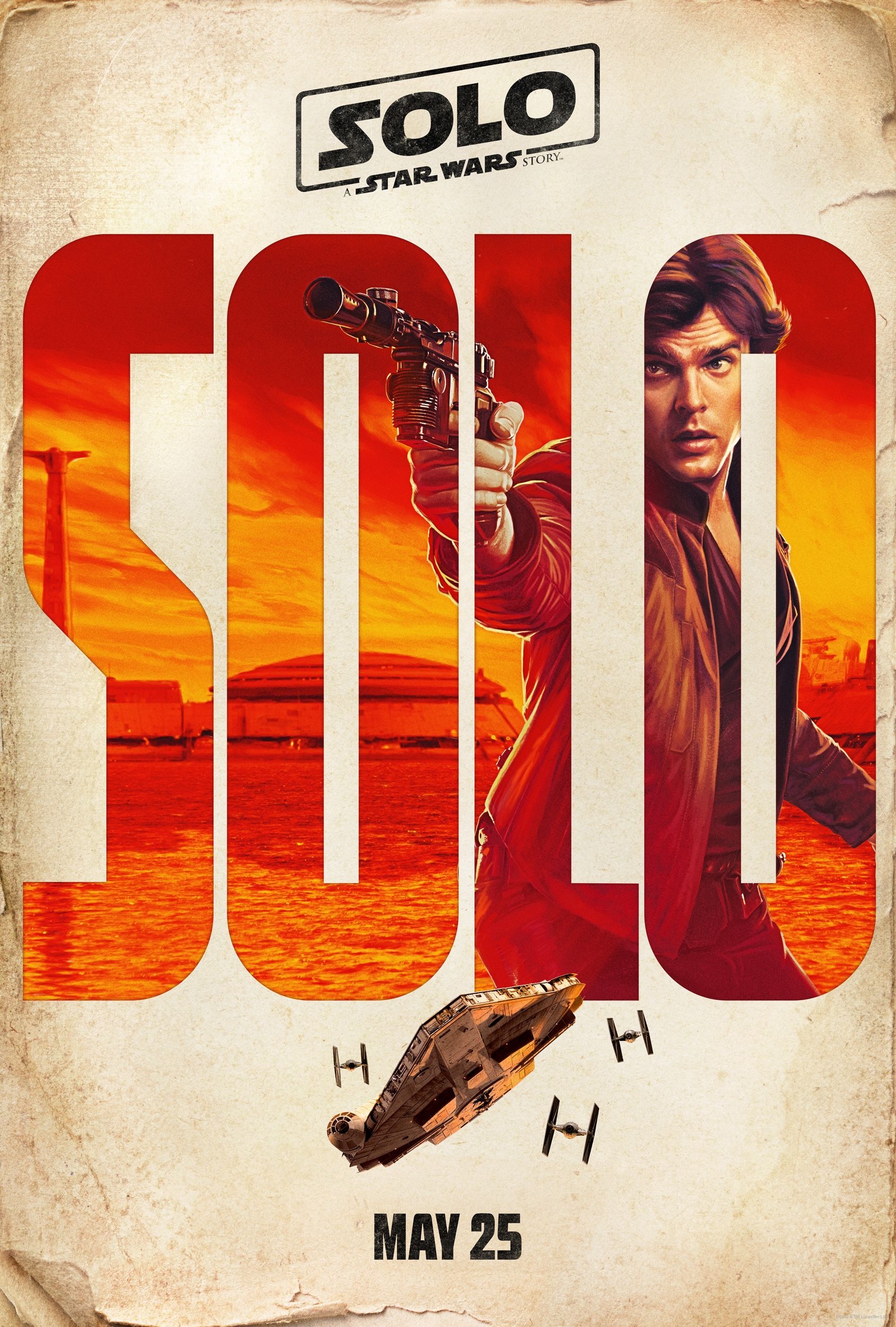WARNING: This post contains SPOILERS for Rogue One
-
Rogue One: A Star Wars Story was noteworthy for all of the new characters it introduced to the galaxy far, far away, but given its setting of the Galactic Civil War, familiar faces were bound to show up. Darth Vader was the returning figure who generated the most attention in the months leading up to release, and he wasn't the only original trilogy character to show up in Rogue One. Two other principal players from A New Hope - Grand Moff Tarkin and Princess Leia - were part of the spinoff as well, with Industrial Light and Magic using digital trickery to recreate the likeness of the late Peter Cushing, as well as Carrie Fisher circa 1977. This decision proved to be one of the more divisive aspects of Rogue One, as some viewers felt it raised ethical and moral issues for the film industry.
Regardless of where one falls on that argument, many are in agreement that the CGI used for the characters' faces was state-of-the-art and extremely photorealistic. Star Wars is a franchise that's always taken chances with visual effects (see: the Yoda puppet), so it isn't surprising that the Rogue One team looked to challenge themselves while making the movie. As one can expect, it was a difficult process and involved much work from the part of the post-production crew. Now, some details concerning that job have been revealed.
In a report from the New York Times, ILM Chief Creative Officer John Knoll and other Lucasfilm employees described what went into creating Tarkin for Rogue One. It was determined early on that the villain had to be part of the narrative, since he is heavily connected to the Death Star. Actor Guy Henry played Tarkin during principal photography and wore motion-capture materials on his head and face so he could later be replaced by Cushing. Knoll called it "super high-tech and labor intensive" make-up. The group studied footage from A New Hope so they could nail all of Cushing's mannerisms to make their CGI version as true as possible. They also had to constantly toy with the lighting, since that influenced how Tarkin looked on-screen. If the experiment failed, other possibilities discussed included having Tarkin appear via hologram or giving his dialogue to other characters. Fortunately, it all worked out and Tarkin became a key supporting character in Rogue One. For Leia, actress Ingvild Deila played the princess for the shot where she's seen from behind, and the reverse angle consists of a digital face, hair, and costume (Deila's extended hand is also seen).
The Rogue One filmmakers addressed the slippery slope of essentially bringing back a dead actor for a modern film, saying they were aware of the problems it posed and received the approval of Cushing's estate before moving forward with it. Knoll is not afraid that it will become commonplace, remarking that it is too expensive and time-consuming to be done on a regular basis. As far as Lucasfilm is concerned, its use in Rogue One was a one-time deal, and they have no plans to use it again in the future (unless it makes sense for the story). This means that Alden Ehrenreich won't have to worry about being replaced by digital Harrison Ford for 2018's young Han Solo spinoff. Even those who liked Rogue One's Tarkin would say that's for the best.
As uneasy as this made certain viewers feel, Lucasfilm never had any ill intent and was always thinking of the story first. The studio's story development executive Kiri Hart stated that the use of facial CGI was "the best possible use of effects" since it "enhanced the meaning and the emotion of the experience for the viewer." There is some truth to that sentiment, since seeing just the backs of Tarkin and Leia may not have had the same kind of impact. Actually seeing their faces and watching them interact with the other actors added a new layer to the movie and arguably made it better. ILM's roll of the dice was a major gamble, but it seems to have paid off.
NEXT: The Irishman Using Rogue One-Style Effects
Source: New York Times

